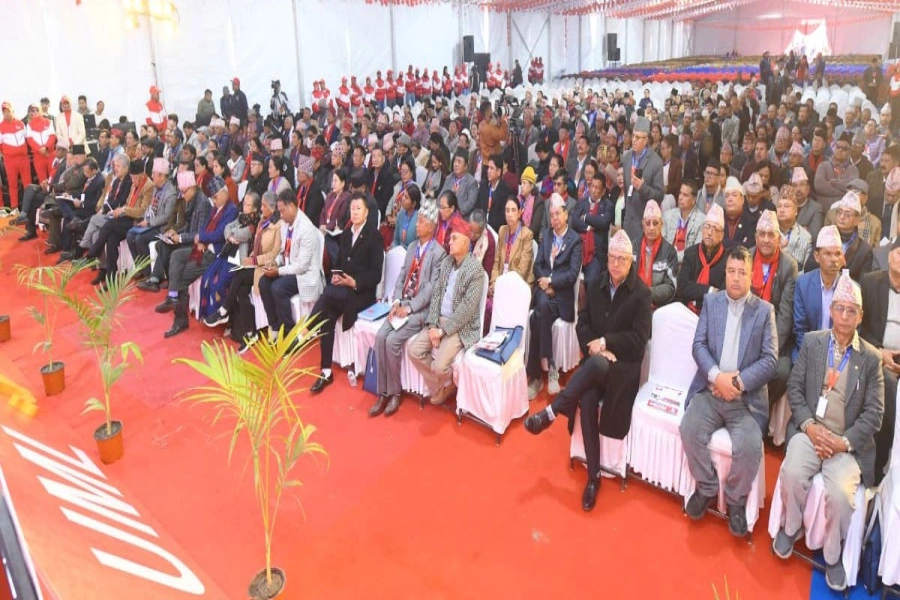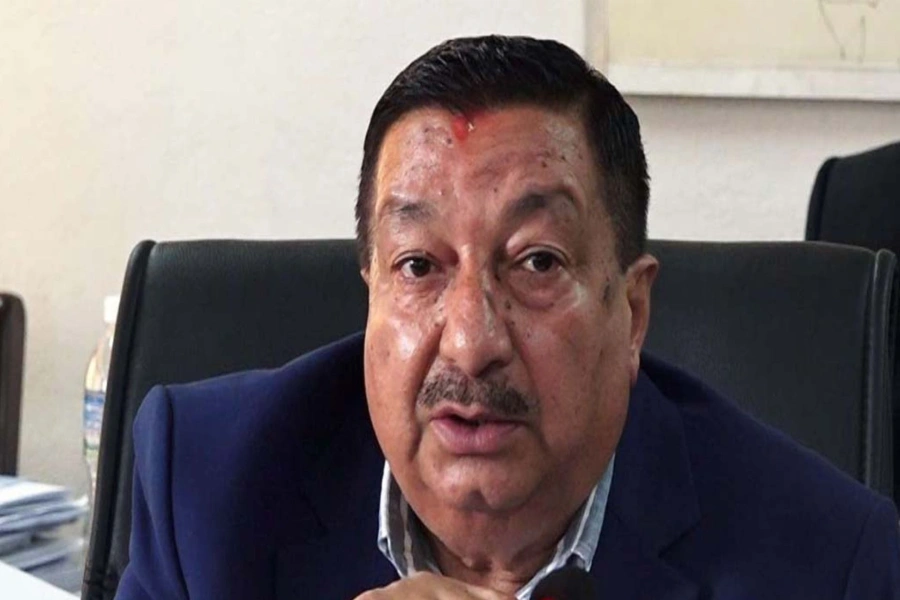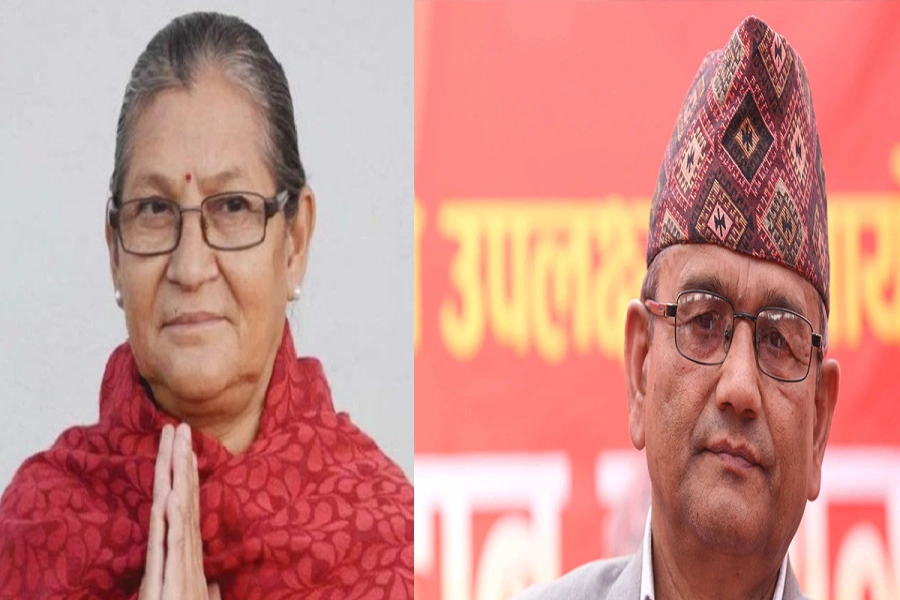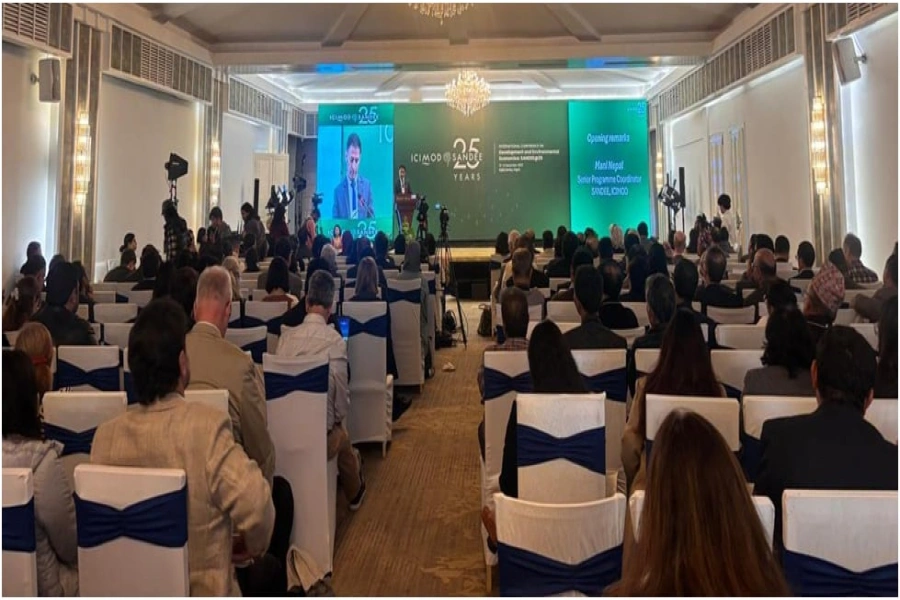China and Nepal should work toward creating a community with a shared future, joint responsibilities and common interests. We can set an example for other countries
The Silk Road came into being in the second security BCE as a result of silk trade. After thousands of years, trade between countries and regions along this route has been flourishing. Now, it has become a major path of trade, as well as cultural and friendly exchanges between the East and the West. It is not only a heritage of the past, but also a great initiative to create the future. The Belt and Road Initiative (BRI) is about the same.
Nepal welcomed BRI when it was first put forward in 2013. The two countries signed an MOU before the First Belt and Road Forum for International Cooperation in 2017. In April this year, President Bidhya Devi Bhandari of Nepal attended the Second Belt and Road Forum and held talks with Chinese President Xi Jinping. During the talks and other events, Nepal has appreciated BRI as a means to bringing opportunities of development for countries including Nepal. So how can Nepal and China enhance cooperation on BRI and bilateral ties?
Enhancing trust
First, we have to strengthen mutual trust and policy communication between China and Nepal. Policy communication is an important guarantee for BRI. We need an exchange mechanism for macro-policy communication between our governments, so that we can make plans and take measures for regional cooperation, and provide policy support to cooperation projects. Second, we have to improve connectivity. Infrastructure connectivity is a priority area of BRI. China and Nepal should align our infrastructure development planning and interface our technical standards, develop international backbone corridors and form a three-dimensional infrastructure network across the Himalayas.
Third, we have to step up efforts to facilitate trade between China and Nepal. China and Nepal need a free trade network to remove investment and trade barriers, build free trade zones to facilitate bilateral trade and investment, improve business environment to tap into cooperation potential, expand trade areas, optimize trade structure and promote trade balance.
Fourth, we need to encourage financial cooperation between China and Nepal. We need to deepen our financial integration through establishing investment, financing and credit system, promote bilateral local currency settlement and currency swap, and strengthen financial supervision cooperation to better cope with risks and crises.
Fifth, we should aim to expand people-to-people exchange between China and Nepal. People-to-people bond is the social foundation of BRI. We should strengthen exchanges and cooperation between non-governmental organizations (NGOs), political parties and promote joint research between universities and think tanks, so as to strengthen the cultural ties and people-to-people bond for a China-Nepal community with a shared future.
Shared concern, shared prosperity

Sixth, we need to make concerted efforts to build a China-Nepal community with a shared future. On the basis of the five cooperation priorities, China and Nepal should make progress toward a community with a shared future, joint responsibilities and common interests. We can set an example for other countries in Asia and beyond.
Together we grow
We should strengthen complementarity of development strategies between China and Nepal. And we need to improve efficiency of communication to promote our synergy better.
Over the past three years, we have been working on the top-level to promote such synergy. In 2017, China and Nepal signed MOU on BRI. In April this year, President Xi Jinping expressed China’s willingness to continue its support for Nepal’s economic and social development during his talks with President Bhandari.
Our next step will be making scientific assessment on our respective resource advantages and find out complementary areas in our respective development, so as to complement our respective resources and markets. We need to carry out feasibility study on major potential cooperation projects, and work out a list of priorities for their implementation.
We need to gradually turn our common responsibility and consensus into rules and institutional arrangements, so as to standardize and guide the implementation of more early-harvest projects. Next, we should improve our communication mechanisms at all levels, including regular communication at sub-national levels, especially between neighboring regions such as between Tibet and Nepal and between Yunnan and Nepal.
We need to foster the common ground for our mutual interests, in a bid to foster sustainable driving force for cooperation. Both China and Nepal attach great importance to bilateral economic and trade cooperation and the construction of cross-border economic cooperation zones. In May 2017, we have signed the MOU on construction of cross-border economic cooperation zone.
In January this year, the seminar on site selection of cross-border economic cooperation zones was held in Lhasa. In a meeting between President Xi Jinping and President Bhandari in April, the importance of pushing forward the construction of cross-border economic zones was reiterated.
Currently, we have seen growing economic and trade cooperation. China has become Nepal’s second largest trade partner and is becoming an important source of investment in Nepal. Our next step should aim to promote common development.
We need to join hands to create incremental revenue to foster external driving force, improve efficiency and reduce wastage and costs to tap into our internal markets together. We also need to effectively respond to and reduce external negative impact on our relation by building mutual trust.
We need to turn competitive factors into cooperation and market potentials and work out the rules for our cooperation within and outside the region, so as to reshape a fair and just international order.
In December 2015, Chinese Foreign Minister Wang Yi said, “Nepal has only two neighboring countries, China and India. Neighboring two regional powers is not a disadvantage, but a geographical advantage. We would like to see Nepal maintain good relations with both. China and India can give play to their respective advantages and work together to help Nepal speed up its development. Nepal’s stability and development are also in the interests of both China and India. Nepal can be a stage for win-win cooperation between China and India, rather than an arena for competition.”
In international and regional affairs, China and Nepal should build closer and more effective cooperation mechanisms to jointly promote regional peace, stability and prosperity. Our communication on major regional and even global issues should also be strengthened under new and dedicated coordination mechanisms.
We should establish and improve the coordination mechanism for macro-economy, specific policies and major projects, improve common response to non-traditional security threats and disasters in a bid to provide more regional public goods for the peace, stability and prosperity of the region.
To this end, we should first speed up the construction of China-Nepal-India Economic Corridor. That requires us to build a three-dimensional connectivity network across the Himalayas.
Enhanced strategic mutual trust between China and Nepal will be conducive to overcoming external interference and promoting the quality and efficiency of our synergy. Expanding cultural and people-to-people exchanges is also important in consolidating the foundation of public opinions. Therefore, we need to explore and push forward practical cooperation in science and technology, education, culture, medical treatment and health.
Finally, we need to play a bigger role in shaping international rules and to create an open regional order toward a community with a shared future. At the moment, globalization and world economy are seriously challenged by trade protectionism of certain countries. The global multilateral system has also been impacted as certain countries pursue unilateralism. This is a challenge for all of us, but it can also prove to be new opportunities for us to promote strategic cooperation.
We need to make better use of our geographical, historical and cultural ties to promote the synergy of Nepal’s development strategy and BRI toward a China-Nepal community with a shared future. Only in this way can we ensure wellbeing of people of our countries, Asia and the world.
The author is the Deputy Dean of Institute of International Studies at Yunnan University, China





































